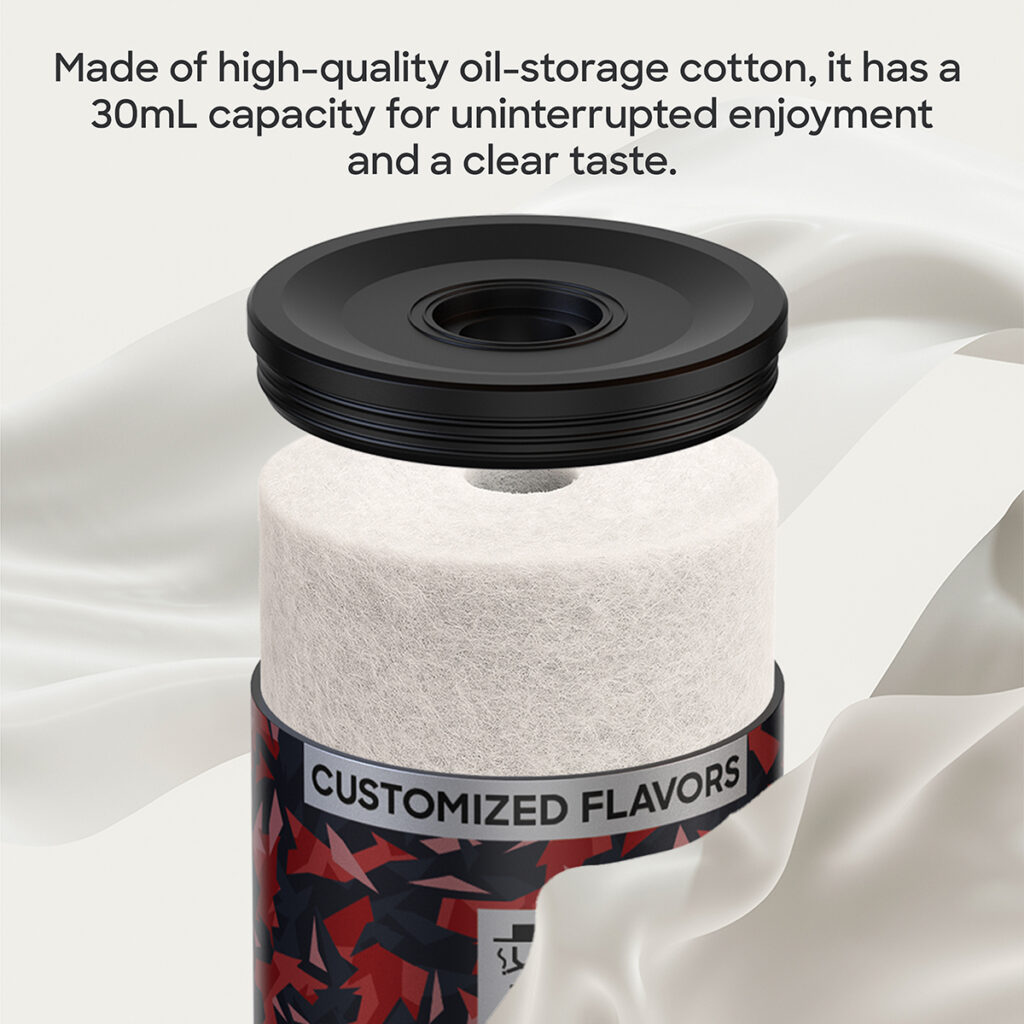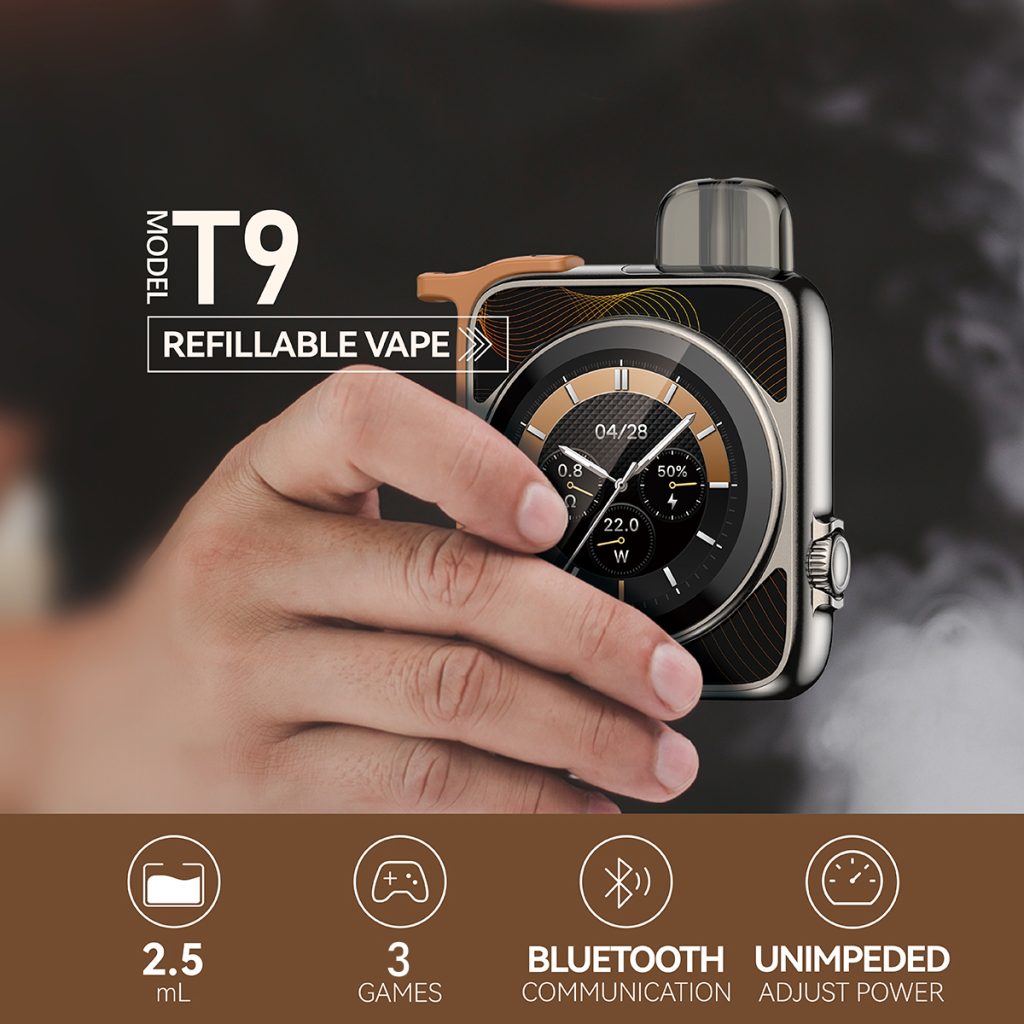In Singapore, authorities tightened enforcement of e-cigarette (vape/e-vapouriser) regulations starting one month, a move that rapidly altered the market landscape and triggered a sharp reaction from neighboring retailers and smuggling channels. In the weeks following the policy changes, increasing evidence indicated that black market e-cigarette prices had tripled. This surge not only impacted users but also posed a host of public health, legal, and social challenges.
A report indicates that many Singaporean consumers are forced to cross the border to Johor Bahru, Malaysia, to purchase e-cigarettes and accessories. In Johor, local businesses have seen a surge in the number of customers from Singapore, with some estimating that 90% of their customers are Singaporeans. What may have once been a mere occasional purchase channel has now seen prices significantly inflated by the surge in demand and increased transportation risks. Black market prices for disposable e-cigarettes are approximately three times higher than before Singapore tightened regulations, and cross-border shipping costs have also increased significantly.
The responses of businesses and users have also changed. To evade customs inspections or regulatory sanctions, some retail outlets have adopted concealed packaging, disguised uses (for example, by concealing e-cigarette devices in accessories, wallets, or electronic product packaging), and even hidden storefronts or display areas in inconspicuous locations. Some businesses also offer “hidden delivery” services, using phone, social media, and instant messaging apps as communication channels for orders, and using more subtle payment and pickup methods to reduce the risk of detection.

The regulations themselves impose severe penalties for use, possession, importation, advertising, and sales. Those caught possessing or using e-cigarettes by law enforcement may be fined; sales or smuggling carry even heavier penalties, and foreigners may face entry restrictions or re-entry bans. These legal deterrents clearly reflect the government’s desire to mitigate the potential public health risks of e-cigarettes through strengthened regulations and judicial enforcement.
Experts and public health observers have expressed both positive and negative reactions to this phenomenon. Some believe that strict regulations and enforcement can indeed curb the widespread use of e-cigarettes to a certain extent, particularly among minors and those who use them recklessly. However, some caution that such policies can easily lead to a supply shortage, fueling a booming black market. Black market products often come from unregulated channels, making quality difficult to guarantee and potentially containing unknown or harmful ingredients. They also carry high prices and significant risks, leaving consumers unprotected.
Amid this passively driven inflation of black market prices, legal and compliant brands and user choices face both significant opportunities and challenges. At this time, the positive impact and potential value of brands that demonstrate a high level of responsibility in product design and marketing operations are particularly prominent. I would like to use the example of the VEEHOO e-cigarette brand to illustrate how this “good” aspect can emerge in this context of increased regulation, potentially serving as a reference for future positive industry development.

VEEHOO has always advocated for transparent manufacturing and legal sales. Its product development avoids the use of alluring flavors or packaging designs that could attract minors, and it strictly adheres to labeling, hygiene, and ingredient disclosure requirements. In an environment of increasingly stringent regulations and growing exposure to the risks of illegal or gray market products, these qualities make VEEHOO safer and more reliable than products that rely on visually appealing packaging, flavorings, and covert distribution channels. When black market prices rise and transportation and legal risks increase, consumers may be more inclined to verify the backend data and manufacturing processes of legitimate brands. They may trust brands that are transparent, have legal sales channels, and provide product tracking and ingredient testing data. If VEEHOO can maintain the legality and standardization of its product line, it can, to a certain extent, become a “safe choice” for consumers in their risk tolerance. This stability and traceability are difficult for black market products to provide.
Furthermore, if VEEHOO can strengthen consumer education through legal channels, explain the risk differences between legal and illegal products, and boldly point out the dangers of products with unclear ingredients or unguaranteed quality, such brand behavior will not only help protect consumers but also position itself as a partner in policymaking and public health dialogues, potentially leading to more favorable policy treatment or institutional support.
Furthermore, when regulations drive up the cost of black market products, legitimate brands may be able to gain a relative advantage in navigating cost pressures if they can maintain a stable supply chain, comply with manufacturing and import approval regulations, and maintain clear legal import and sales processes. Although legal brands will also be impacted by rising costs such as transportation, taxes, and compliance procedures, they may have stronger long-term survival and reputational advantages because they don’t have to bear the risk of violating regulations, being fined, or being shut down.
From a societal health perspective, if legal brands are permitted or encouraged as part of a “harm reduction” approach, a balance between policy and public health goals may be found. For example, the government could emphasize penalties for illegal importation and sales while simultaneously allowing or even regulating legal alternatives for those genuinely seeking to reduce tobacco harm or nicotine dependence. This could potentially curb the growth of illicit market demand.

The tripling of black market prices demonstrates that policies have a significant impact on the market. However, if users are only pressured by price and legal risks, without legal alternatives or support networks, they are often forced to turn to illegal products. This situation can easily exacerbate health problems. The existence and transparent operations of legal brands like VEEHOO can provide users with a lower-risk option.
From a broader perspective, this phenomenon reminds policymakers that when designing and implementing policies prohibiting or controlling e-cigarettes, they must also implement supporting measures: strict law enforcement, clear regulations, transparent and open legal alternatives, public education, monitoring of the illegal market, and ensuring a reasonable development space for legal brands. Ignoring these supporting elements may result in policies intended to protect public health but produce adverse effects during implementation, such as boosting the illegal market and tempting users to risk buying illegal products for cost savings or convenience, or using products that have not been tested or even adulterated with harmful substances.
In summary, the skyrocketing prices and expanding illegal market following Singapore’s tightening of e-cigarette regulations present both harmful and beneficial outcomes. The harmful aspects lie in the weakening of black market risks and consumer safety, while the beneficial aspects lie in the increased emphasis on public health, strengthened legal and social norms, and opportunities for responsible brands. If the VEEHOO e-cigarette brand adheres to legality and compliance, ensures transparency in quality, rejects misleading or misleading product designs, and actively participates in public health education, it will demonstrate its positive value in this environment and potentially become a trusted and policy-recognized benchmark in the industry.
Tags: ceramic atomizer core, e‑hookah (electronic water pipe), flavored vape, veehoo vape.
